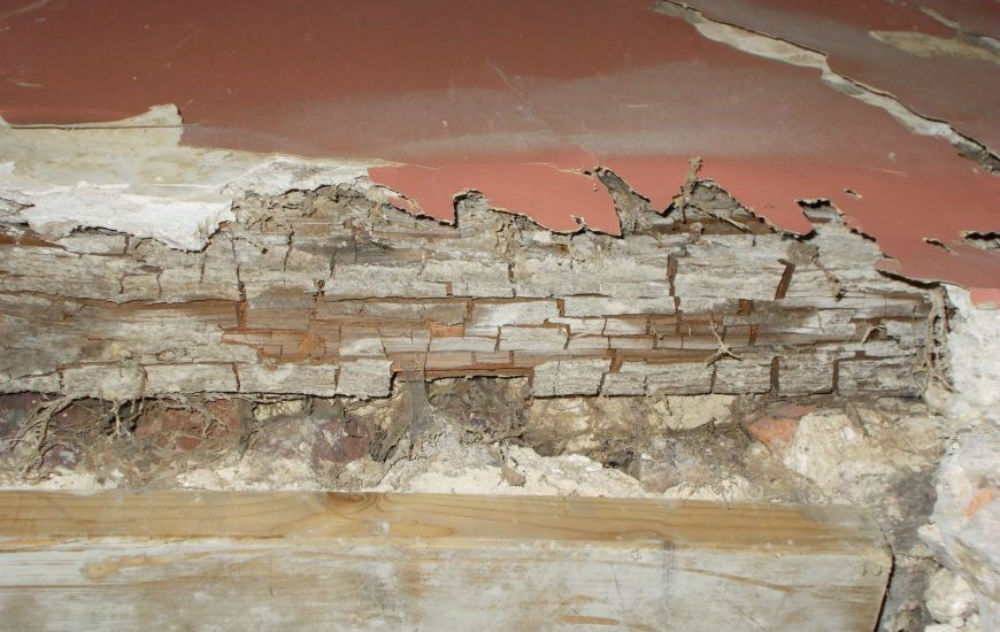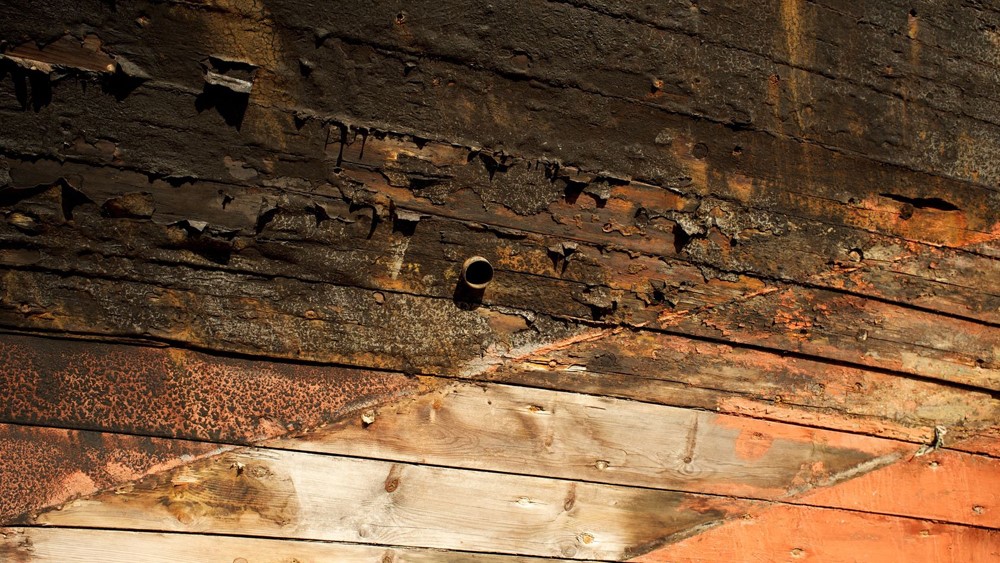Listed buildings enjoy special protection to preserve our national heritage, but because of their age and methods of construction these building can be particularly susceptible to deterioration and decay. One of the biggest threats to timber framed historical homes or other period buildings with timber features is wood rot.
While wood is a beautiful, natural building material widely used for construction over the centuries, it is also surprisingly vulnerable. Without ongoing care and maintenance, both dry rot and wet rot can cause significant structural damage over time, potentially costing thousands to repair.
If you are thinking of buying a listed building, or you already own one, here’s what you should be looking out for.
How to deal with dry rot
Dry rot in a building is also caused by a fungal infection – most commonly Serpula Lacrymans – but it spreads without the presence of moisture, making it potentially a much more serious issue. When dry rot spreads, it can quickly damage the structural integrity of the property; it can affect both wood and masonry. If you suspect an outbreak of dry rot in your listed building, you should seek professional advice urgently.
Dry rot develops from spores that land on a surface with the right conditions for growth. Timber with a moisture content of 20% is perfect, and dry rot will rapidly germinate, multiply and spread, shedding more spores and also spreading as mycelium. For timber to develop the right conditions for dry rot to thrive, there’s typically a building fault that must be identified and treated quickly. Poor ventilation, leaking gutters or penetrating damp are among the usual culprits.
While the early stages of dry rot may not be that obvious to the layman’s eye, it’s much easier to spot once it has a fruiting body or has reached the mycelium stage. Look out for similar symptoms as for wet rot – brittle, shrinking timbers, dark patches – as well as signature cracking as can be seen on the image below.
The fungus itself is likely to have a musty, mushroomy smell, and there may be visible pancake-like mushrooms (the fruiting body) as well as soft, creamy or lilac colour cotton-wool like mycelium that spreads across the timber, along with red dust from the spores.

Source: Hutton & Rostron
The treatment of dry rot, again, starts with identifying the culprit. Find the source of the moisture and fix the problem, and assess the scale of the damage done. For a detailed and accurate diagnosis to be made, you may have to explore beyond the affected area, look under floorboards, behind plaster and render and so forth.
Cut the infected timbers to at least 50cm past the visible rot affected area and apply a suitable dry rot fungicide liberally, including any replacement timbers before they are installed. For walls and brickwork, remove any dry rot growth with a stiff brush, then sterilise the entire area with a dry rot treatment for walls and masonry.
How do deal with wet rot
Wet rot is typically found in timbers that have been exposed to damp or wet conditions over long periods of time, which has the effect of making the substance soft and unstable. The moisture can come from a variety of sources including excessive condensation in bathrooms and kitchens, leaky roofs, damp basement walls, defect guttering or drainage, or penetrating damp.
What exactly is wet rot? Well, it’s a general term used for types of fungus that thrive in damp environments which, if left undealt with, can cause damage to timber as well as plaster, wallpaper and carpets. Coniophora Puteana (‘cellar fungus’) is one of the best known wet rot fungus, so called because it loves basements and other dark areas.
Wet rot in timber is relatively easy to spot though many people confuse symptoms of wet rot and dry rot. Common indicators for wet rot include the tell-tale damp, musty odour, darker patches, a soft or spongy texture, discernible shrinkage and cracking, and even visible fungal growth.

Source: DIY Doctor
If you want to make sure, take a screwdriver and prod an unobtrusive part of the suspected area to see how solid it is. The less resistance you encounter, the more serious the wood rot issue you’re dealing with. It’s also worth getting a specialist damp or wet rot survey carried out for an accurate diagnosis and assessment of the extent of the problem.
Remedial action for wet rot starts with identifying the source of the moisture and fixing it. The next step is to treat the affected timber or, if unsalvageable, replace it. Apply a fungicide and allow the wood to dry out completely before using a wood hardener. Treat the surrounding timbers too, even if they appear to be unaffected, to stop the risk of wood rot spreading and to prevent any future outbreaks. For widespread wet fungal infections, you may be left with no option but to replace the timbers.
For any structural repairs you wish to carry out on a listed building, it’s important to get proper advice from your local planning authority. Don’t simply assume that repairs using like-for-like materials won’t require planning consent, since there may be special historic or architectural interest in the removed/replaced materials.





